History Of The Alpha Dog
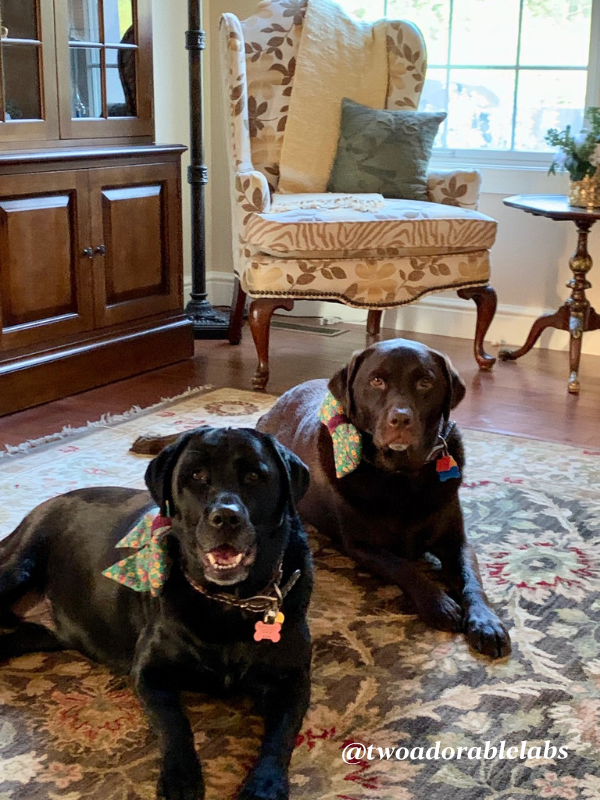
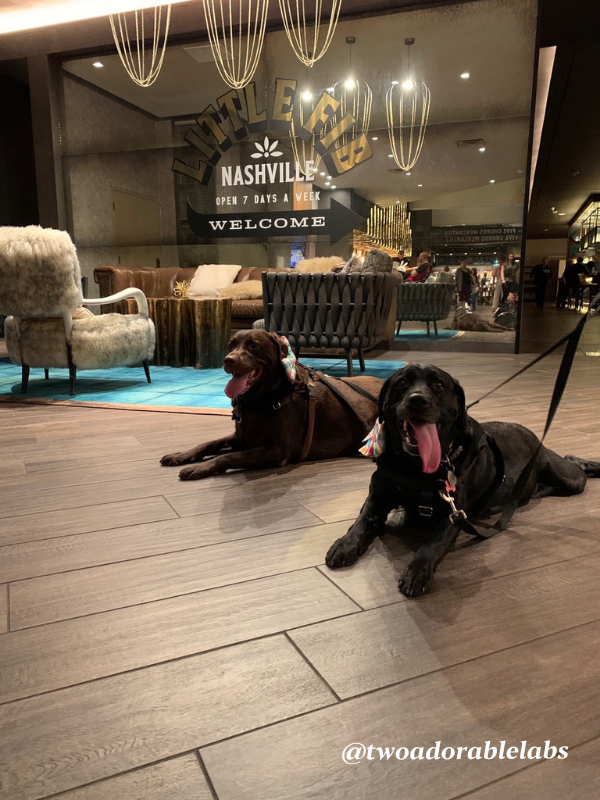
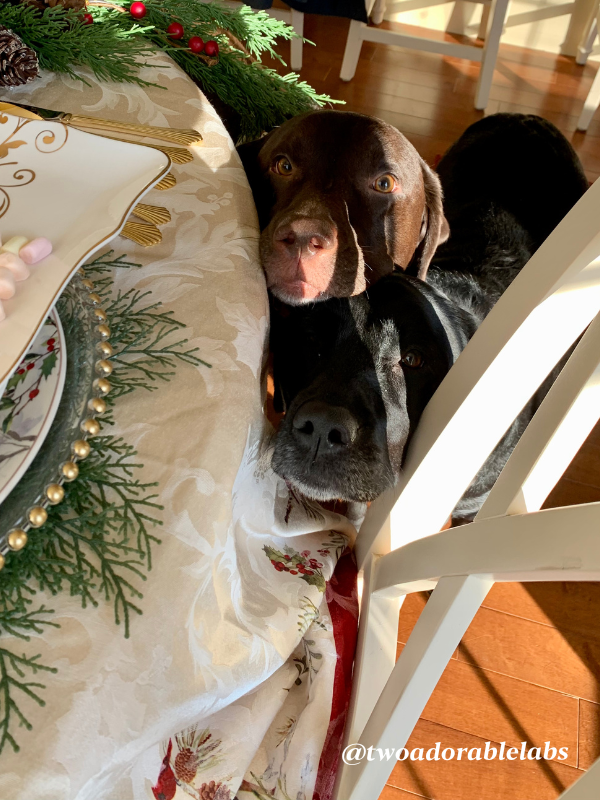
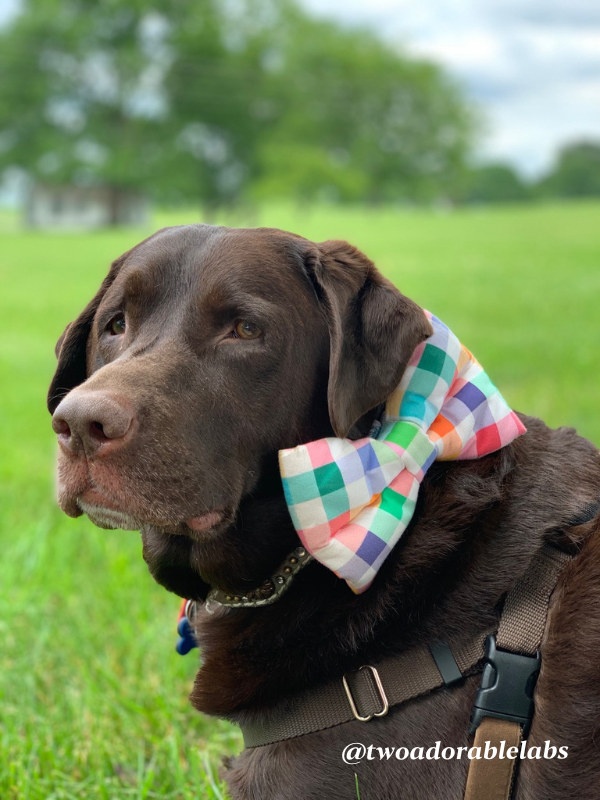
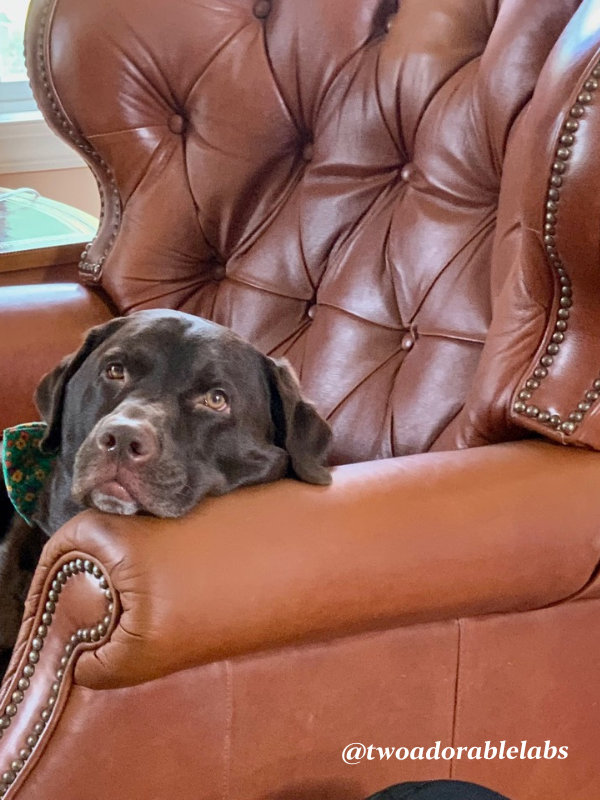
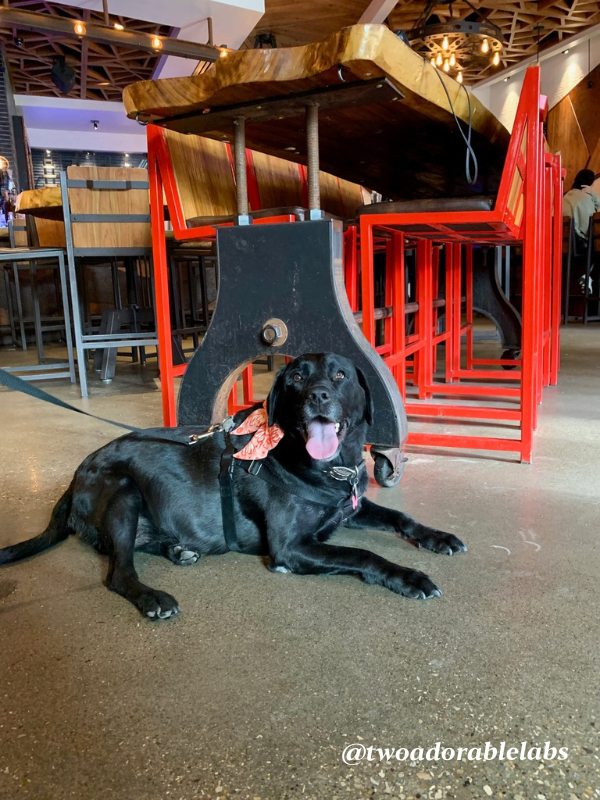
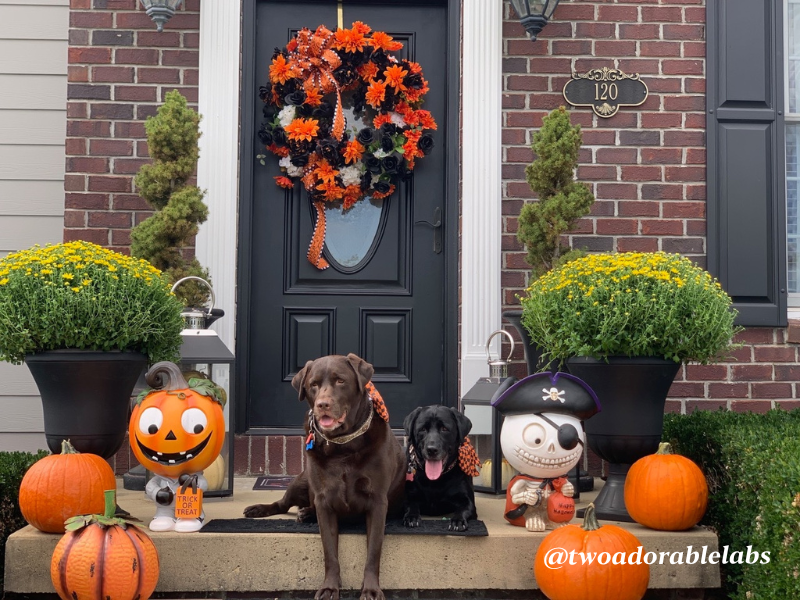
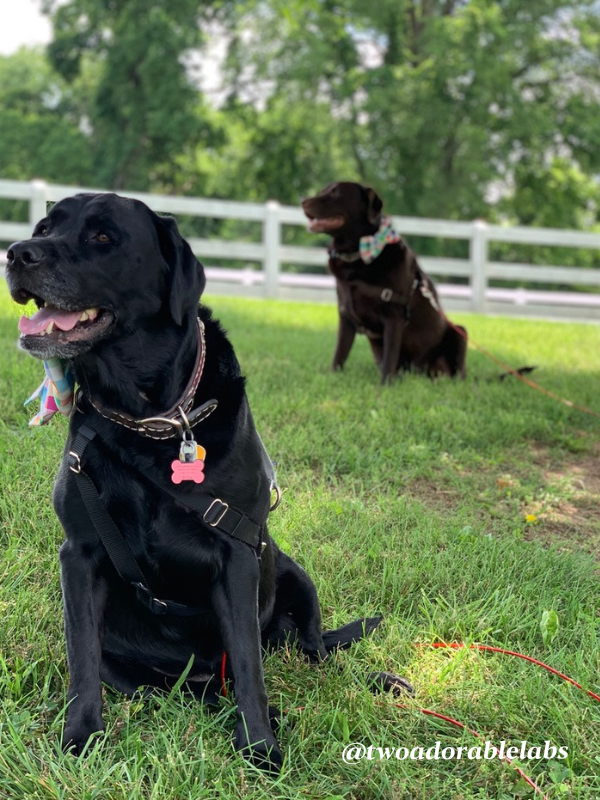
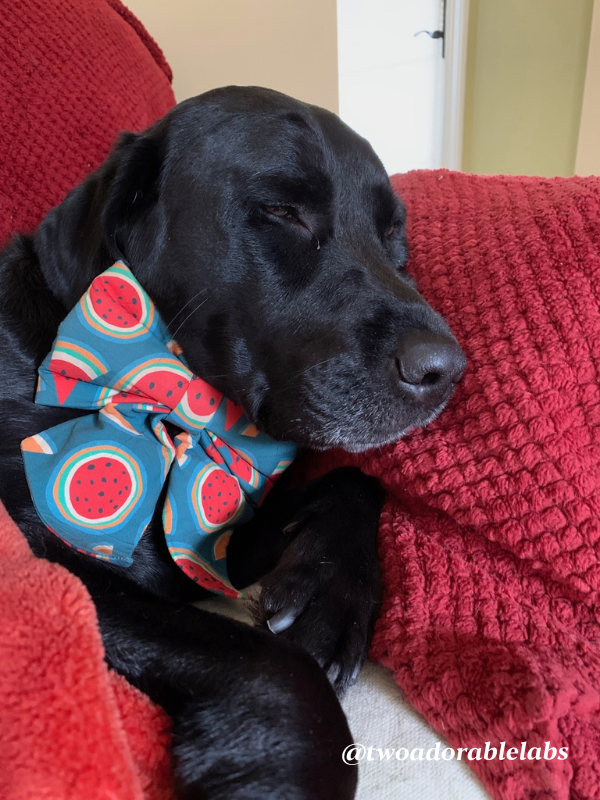


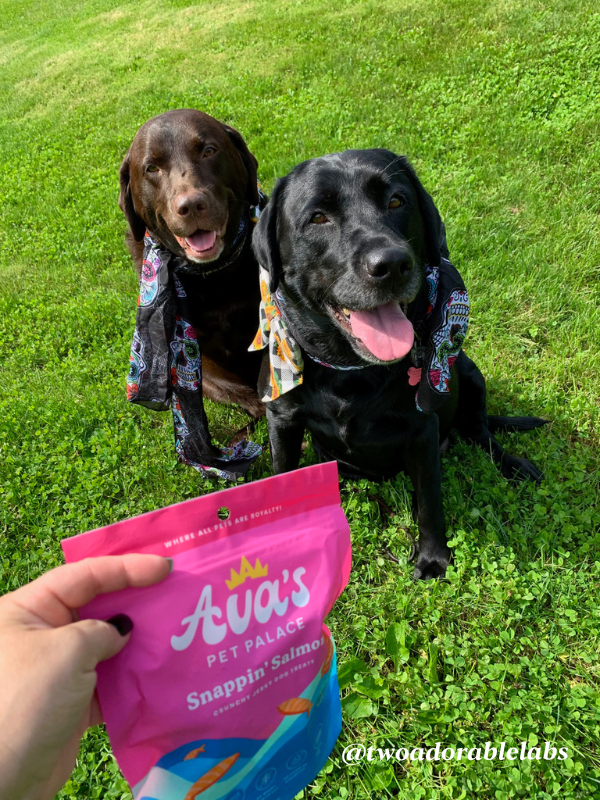
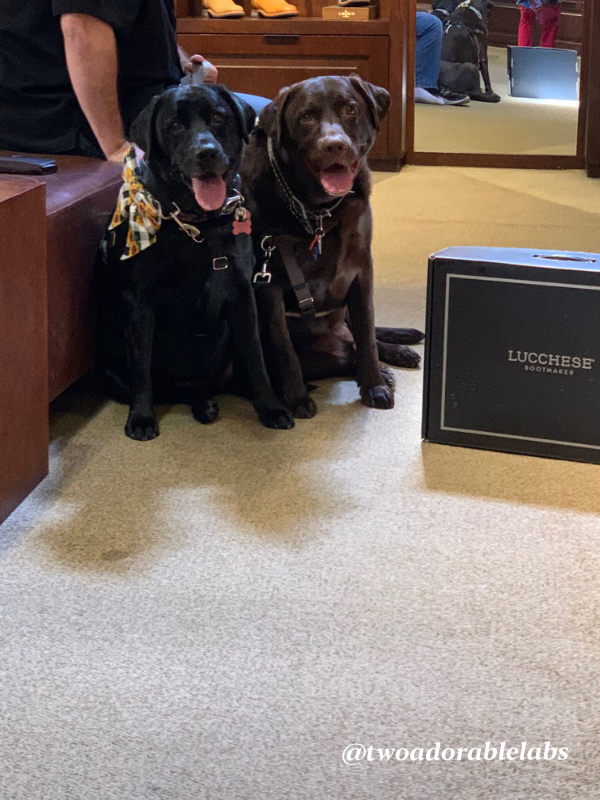
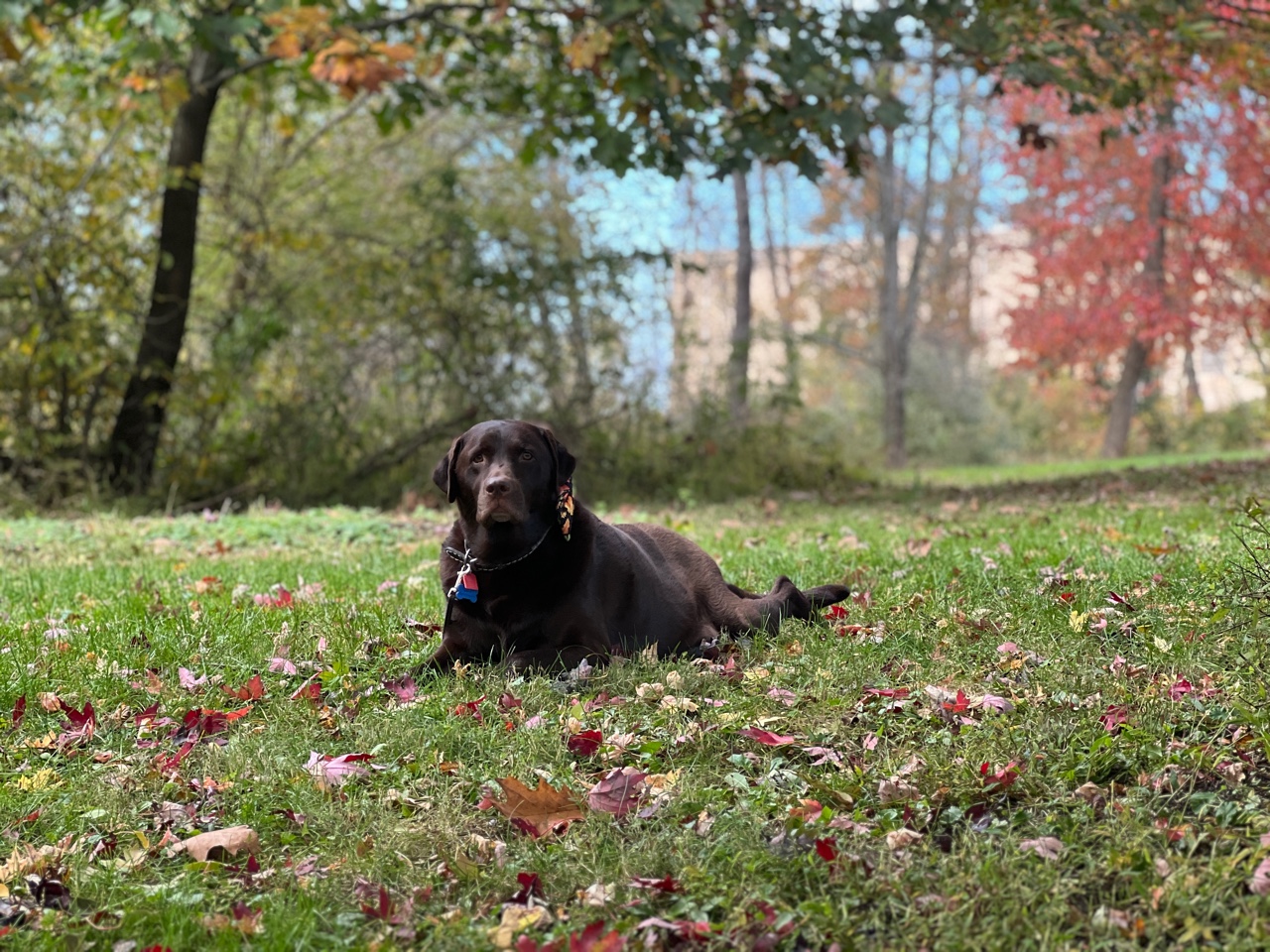
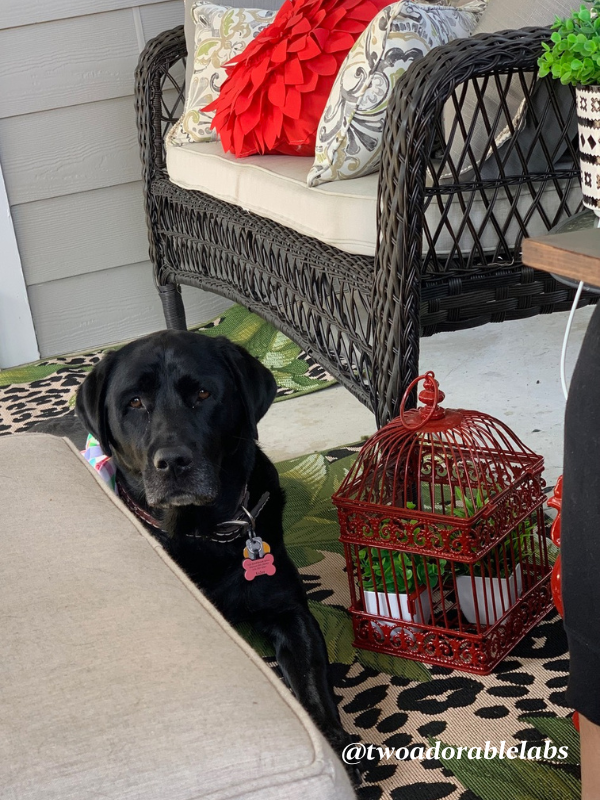
I love hearing from all of you and do my best to respond to each and every one of you. I always enjoy your comments, feedback, and suggestions so keep them coming! If I’ve posted a recipe (for our human and our furry friends) and you try it, don’t forget to tag me on Instagram @twoadorablelabs and use #twoadorablelabs.
If you do try and love my recipes, I would greatly appreciate a comment and rating. I read every single one and respond to them. It also lets Google know that the website contains quality content. The more comments and 5-star ratings, the more Google will show my blog in search results! Thank you so much!
As an Amazon Associate, I earn from qualifying purchases.

Jake and Maggie are now proud Ambassadors for Ava’s Pet Palace. Log on to avaspetpalace.com/twoadorablelabs for “free shipping” off your order!
Love, Jake and Maggie
You Might Also Like
Banana Strawberry Heart And Bark Dog Treats
Happy Wednesday, everyone! I’m excited to talk about these Banana Strawberry Heart And Bark Dog Treats! What a fun way to celebrate Valentine’s Day with your pet than to use Ava’s Pet Palace Love Bowl - SlowMo slow feeder and lick mat in the color Rosy Rover. It...
Pet Products And Stocking Stuffers For Your Pet
Happy Friday everyone! Today, we are talking about Busy Blankets! Every so often, I post about pet products I’ve tried and loved. The Busy Blanket by The Peppy Pup turns playtime into a scent-seeking mission that keeps your pup busy up to five times longer than...
Your Dog’s Zodiac Sign
This is a re-post. I've been asked to share this post again and I'm happy to do so. I've always believed animals have amazing personalities and found this so interesting to research. Enjoy! Comment below and let me know what you think! Happy Wednesday...
Snuffle Mat For Your Pet’s Entertainment
Happy Wednesday everyone! Looking for treats and pet enrichment toys that can entertain and keep your pet busy? This Snuffle Mat (#ad) is one of the best toys I have ever bought Jake and Maggie! They love it. Made with polar fleece material, it is soft, durable,...
What To Think About Before Welcoming A New Kitten Into Your Home
This is a re-post: If you've got a new kitten or plan to adopt one, check out this informative post on What To Think About Before Welcoming A New Kitten Into Your Home! This post not only applies to kittens but cats as well. The shelters and charities are full of...
The Ultimate Gift Guide For Pet Parents
Happy Saturday everyone! I’m so excited to share The Ultimate Gift Guide For Pet Parents. Today’s post contains affiliate links, photos, post links, and ideas on what to get that pet lover in your life. Not only can this guide help you with ideas for that special...


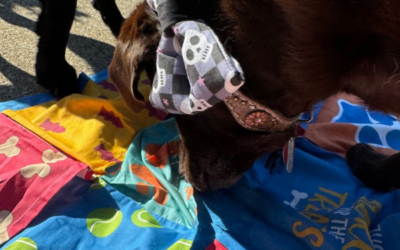
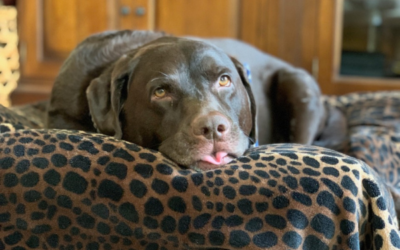
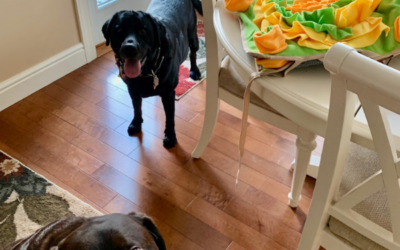

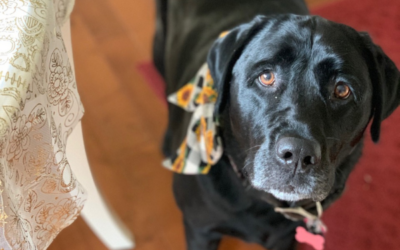
0 Comments